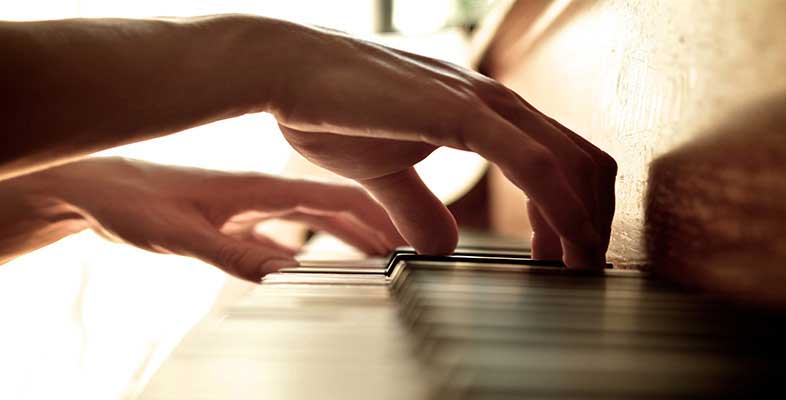Group 2: identifying various different elements
Gershwin, ‘I got rhythm’
Activity 1
a.
G minor
b.
F major
c.
B flat major
The correct answer is c.
Answer

The two-flat key signature suggests either B flat major or its relative minor, G minor. There is no F♯, the leading note in G minor, and therefore B flat major seems more likely. F major is incorrect since it has a key signature of only one flat.
Activity 2
a.
There are four crotchet beats in the bar
b.
There are two minim beats in the bar
c.
There are two semibreve beats in the bar
The correct answer is b.
Answer
C with a vertical stroke through it is an alternative way of writing the time signature 2/2, where the lower figure 2 represents a minim beat and the upper figure specifies the number of beats in the bar, i.e. 2.
Activity 3
a.
submediant
b.
dominant
c.
subdominant
The correct answer is b.
Answer

Since the melody is in B flat major with B♭ as the tonic, the F is the fifth note up from B♭ (B♭–C–D–E♭–F). It is therefore the dominant.
Activity 4
a.
a tie
b.
a slur
The correct answer is a.
Answer
A tie joins consecutive notes that are the same, and is a rhythmic device. Its use here means that the first C, a quaver, is tied to the next C giving an overall time value of quaver plus minim.
Activity 5
a.
dotted crotchet rest
b.
crotchet rest
c.
quaver rest
The correct answer is b.
Answer
Although the time signature has two minim beats, it is easier to work out the required rest by counting in crotchets. In bar 3, the first C tied to the second produces a dotted crotchet and this is followed by another dotted crotchet. The two dotted crotchets added together equal three crotchets. Therefore we need a crotchet rest to make up a total of four crotchets for the bar.
